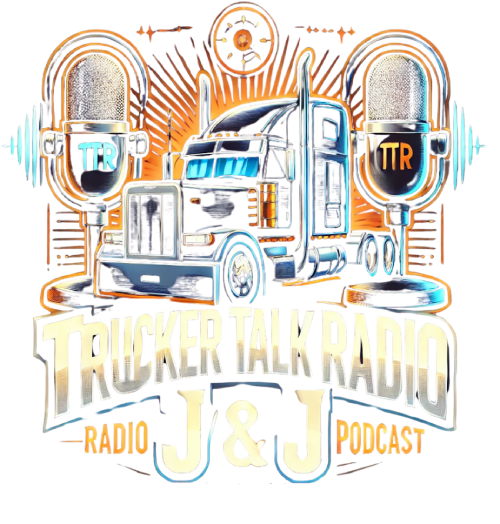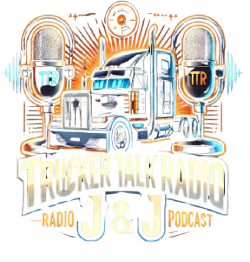In 2025, discussions around English language proficiency and trucking safety gained renewed attention. Two executive orders issued by President Donald Trump reinforced the importance of English requirements for both cultural integration and commercial motor vehicle operations.
The first executive order, signed on March 1, officially designated English as the United States’ language, revoking Executive Order 13166, which had encouraged multilingual government services during the Clinton administration.
A second order, issued on April 28, focused on the trucking industry, directing the Department of Transportation to enhance the enforcement of existing federal regulations mandating that truck drivers be proficient in reading, speaking, and communicating in English. This order reinstated the power of federal and state inspectors to put drivers out of service if they do not meet English proficiency standards.
Historical Context of Regulation
The requirement for English proficiency in commercial vehicle operations has roots dating back to July 1937 with the implementation of the Federal Motor Carrier Safety Regulations (FMCSRs). According to 49 CFR §391.11(b)(2), drivers must be able to “read and speak the English language sufficiently to converse with the general public, understand highway traffic signs and signals, respond to official inquiries, and make entries on reports and records.”
For decades, roadside inspectors have cited drivers for noncompliance, with this enforcement peaking in 2014 when over 101,000 English proficiency violations were recorded, leading to more than 4,000 drivers being placed out of service.
Changes in Enforcement Policy
In 2014, the Obama administration saw a shift in how English proficiency was enforced, when the Commercial Vehicle Safety Alliance and the Federal Motor Carrier Safety Administration encouraged inspectors to avoid placing drivers out of service solely for language deficiencies. While the regulation remained, enforcement diminished significantly, with citations for such violations falling to between 7,800 and 10,000 annually from 2017 to 2024.
Reviving Focus on Safety and Regulation
The 2025 executive orders aimed to reinforce English as a cultural standard and to renew focus on trucking safety. The orders instructed the Department of Transportation to update enforcement policies, allowing for stricter measures against drivers unable to communicate proficiently in English.
Diverse Reactions from the Industry
Proponents argue that understanding signage and communicating with officials is crucial for public safety, while critics suggest the orders divert attention from pressing safety issues such as continuous license monitoring and distracted driving. They contend that focusing on existing regulations does not tackle the root causes of unsafe driving or crash rates.
Towards Comprehensive Solutions
Clear communication in English is undeniably important for drivers; however, the renewed enforcement of an old regulation raises questions about regulatory priorities. Many industry stakeholders advocate for a broader approach that includes better driver training, compliance monitoring, and initiatives to improve overall safety in the trucking sector. The ongoing evolution of highway safety must prioritize effective operational practices alongside language proficiency.


